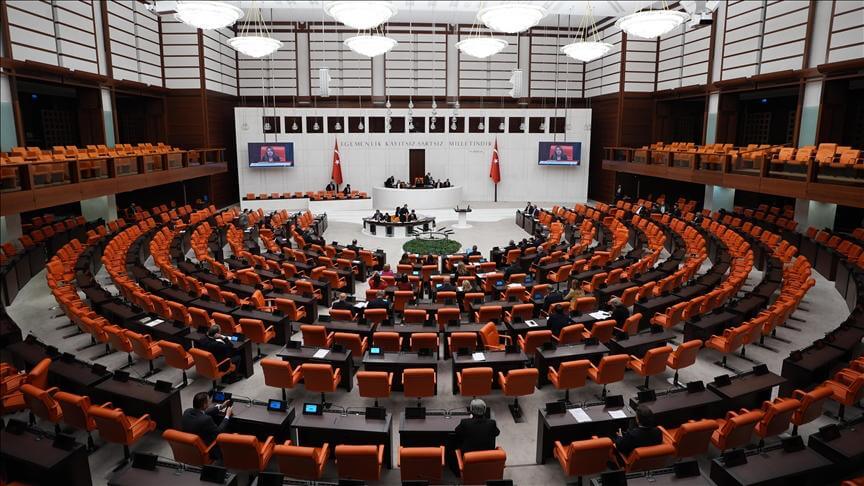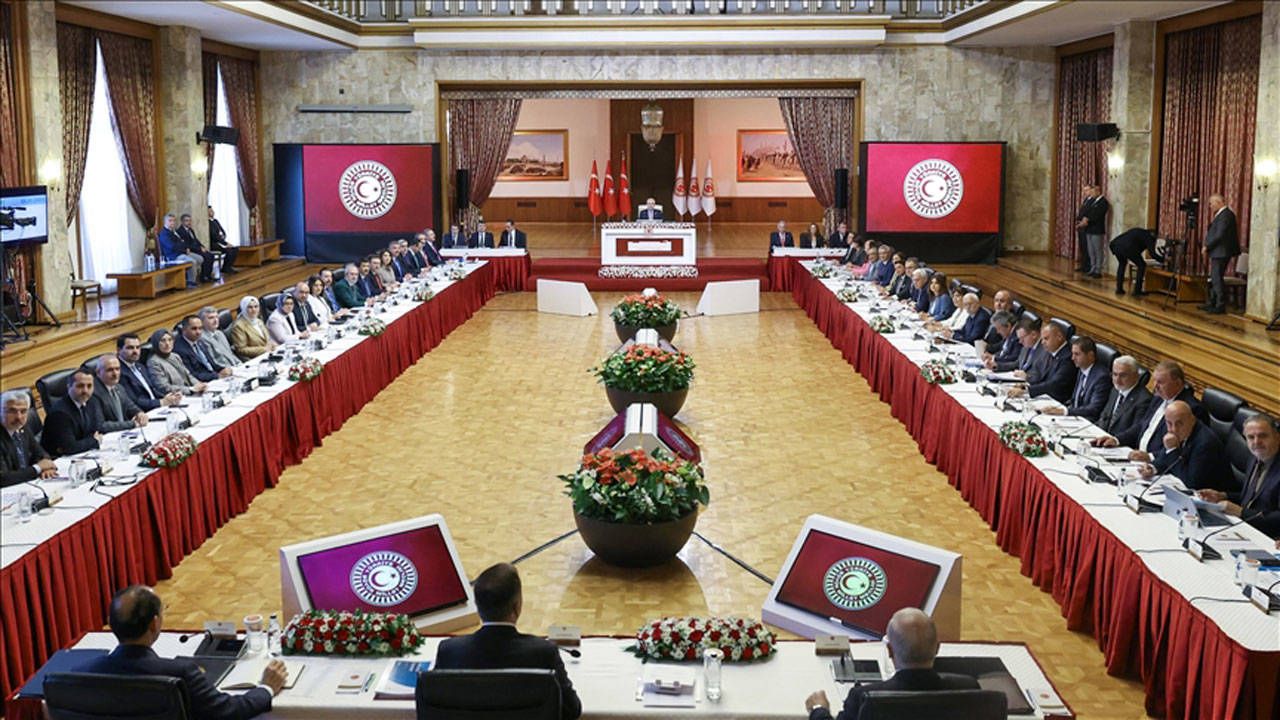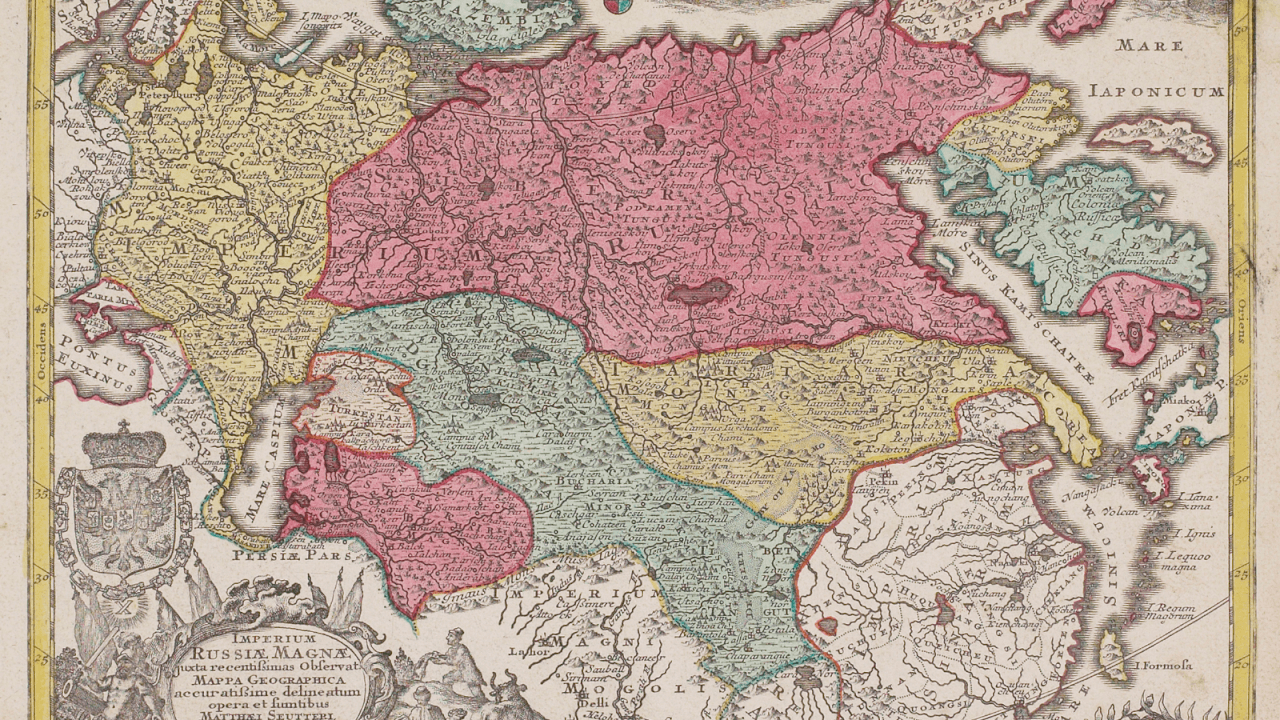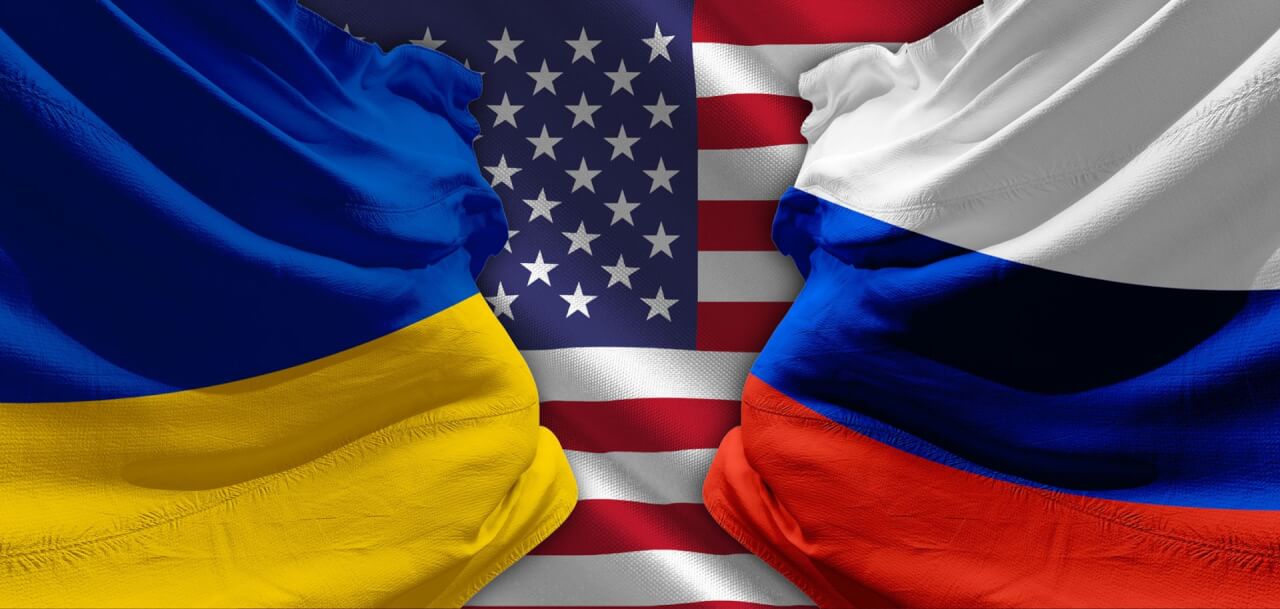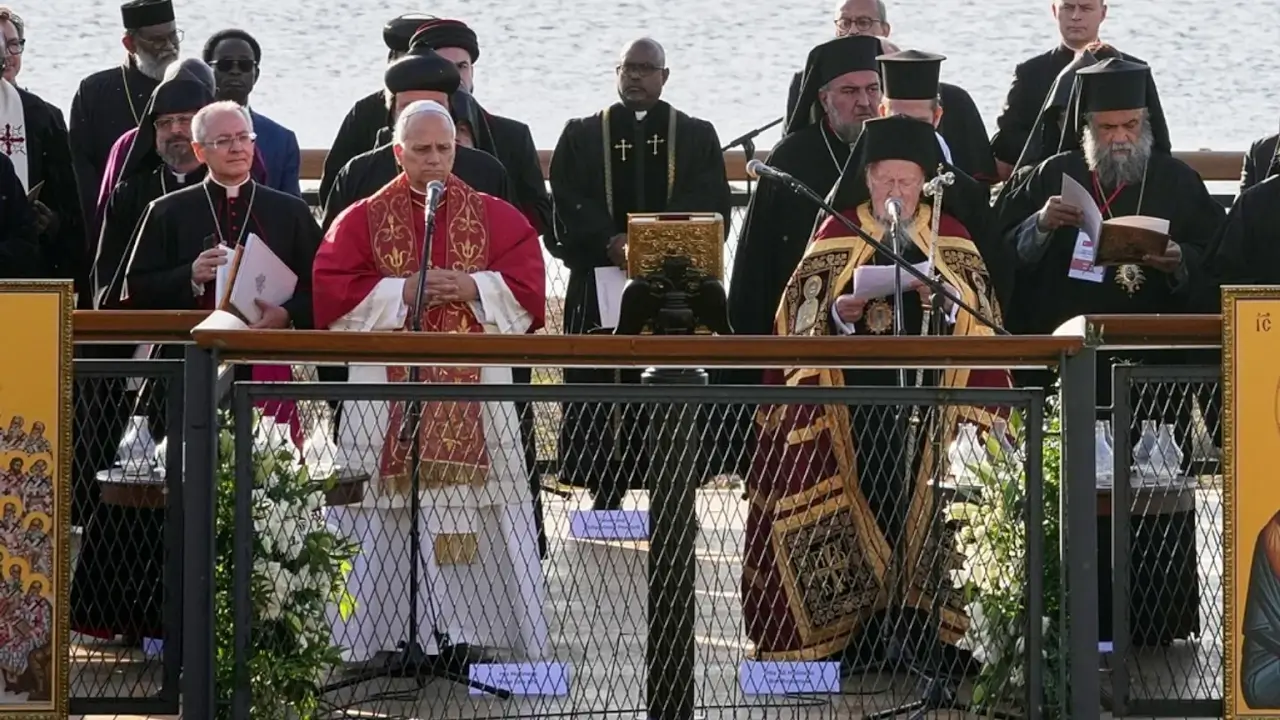The peace process currently underway between Turkey and the PKK remains one of the most significant attempts to end a conflict cycle that has stretched across four decades. Experience to date shows, however, that peace does not arrive simply because “the guns fall silent.” Processes that do not address the future of armed organizations, the status of their members, and the social legacy of the conflict in a comprehensive way are fragile. At this point, the approach known in the international peacebuilding literature as DDR—Disarmament, Demobilization, and Reintegration—offers a crucial framework for bringing together the security, justice, and social cohesion dimensions of the process (Berdal, 1996; Özerdem, 2008).
Since the end of the Cold War, DDR has become a cornerstone of post-conflict peacebuilding. As armed violence has shifted away from interstate wars toward protracted internal conflicts involving irregular groups and fragmented factions, the international community has increasingly recognized that sustainable peace is unlikely without effective DDR mechanisms (Porto, Alden & Parsons, 2007). DDR is not merely a technical exercise of collecting weapons, disbanding units, or running reintegration projects. It is a profound political, social, economic, and psychological transformation that can determine whether a post-conflict society moves toward peace or slides back into violence (Knight & Özerdem, 2004; Özerdem, 2008).
At its core, DDR is about power, legitimacy, and identity. Disbanding armed groups disrupts wartime hierarchies and redistributes authority, often generating tensions within fragile political settlements. Reintegration, in particular, goes to the heart of social healing by raising difficult questions about forgiveness, accountability, and inclusion (Berdal, 1996; Özerdem, 2012). It also tests the state’s capacity to recognize former fighters as citizens rather than as a permanent threat. DDR is therefore never neutral or standalone—it operates within broader agendas of peacebuilding, transitional justice, security sector reform (SSR), and development (Knight & Özerdem, 2004).
The risks are high. Failed or incomplete DDR efforts have contributed to renewed violence, rising criminality, and the unravelling of peace agreements in places such as Angola, South Sudan, and the Democratic Republic of the Congo. By contrast, where DDR has been grounded in credible political frameworks and societal participation—as in Northern Ireland, Sierra Leone, and El Salvador—it has helped deliver relative stability and longer-term peace (Muggah & O’Donnell, 2015; de Vries & Wiegink, 2011; Kingma, 2001).
The question before Turkey today is this: as we end the military dimension of the conflict with the PKK, how do we also build a sustainable social peace? The answer requires far more than security measures. Drawing on Turkey’s experience and lessons from other conflict-affected contexts, we must understand how DDR should be designed within a peace process and which risks must be managed.
1. Disarmament: Political and Technical Dimensions
Disarmament is the first—and most symbolic—stage of DDR. Yet experience shows it is never just a technical operation of collecting munitions. Laying down arms is the most tangible test of mutual confidence between the parties (United Nations, 2006; Özerdem, 2002).
The central dilemma is how to persuade armed actors to surrender weapons in environments where trust is thin and state security guarantees are not yet credible. Historically, disarmament has followed three broad approaches: consent, coercion, and compellence. Consent-based models rely on negotiated agreements backed by political guarantees and typically produce voluntary disarmament. Coercion imposes pressure or sanctions; compellence uses force. The most successful DDR initiatives usually employ the first approach, anchored in a credible political settlement and realistic reintegration prospects (Muggah & O’Donnell, 2015).
More sustainable incentives for disarmament include guaranteed access to reintegration opportunities—through economic packages, education, or community participation. Former fighters are more likely to hand over weapons if they see a plausible path to livelihood, dignity, and security. Disarmament must be tied not only to the promise of peace but also to practices of justice and inclusion (Özerdem, 2008).
Clear eligibility criteria are essential. Who qualifies as a combatant? Which weapons are to be collected? Definitions that are too narrow risk excluding irregular fighters and associated groups—porters, messengers, cooks—especially women and children, whose reintegration needs are no less real. Overly broad criteria, on the other hand, can bloat programs and erode credibility. Striking the balance between inclusivity and feasibility is a key design challenge. Disarmament also brings logistical hurdles: verification systems, safe storage and transport, destruction facilities, and often temporary assembly points. Costs can be high, and poor implementation—under-resourced facilities or delays—undermines trust (Özerdem & Podder, 2011; United Nations, 2006).
Ultimately, successful disarmament depends on timing, sequencing, and confidence. Weapons handover must be seen as part of a wider social contract in which inclusivity, security, and opportunity advance together. Otherwise it risks becoming an empty ritual, quickly reversed by renewed violence or political disillusionment (Muggah, 2006).
In Turkey, disarmament of the PKK would involve not only surrendering small arms held by members but also dismantling arms caches, logistical networks, and munitions supply lines. This should be the outcome of political agreement, not merely a technical disposal exercise. The process must be transparent, verifiable, and aligned with international standards. In Northern Ireland, for example, the IRA’s disarmament was overseen by an independent international commission, which helped build public confidence.
One of the greatest risks is that disarmament is perceived as “one-sided” or is carried out without adequate oversight. Such perceptions erode confidence, deepen mutual suspicion, and make the process brittle. A nationally and internationally legitimate, independent monitoring and verification mechanism is therefore vital. It must consider not only the technical aspects but also the security of both state forces and PKK members, acting as a buffer against provocations, misunderstandings, or claims of unilateral violations.
International practice also shows that the weapons collected in the field often represent only a fraction of total stocks. Armed groups tend to withhold their most functional or strategic weapons for later phases—or in case the process fails. Items surrendered are frequently obsolete, degraded, or near end-of-life. Moreover, in sensitive regions, cross-border trafficking networks make rearmament relatively easy. It is therefore unrealistic to expect a direct, lasting improvement in security from weapon collection alone. Disarmament must be embedded within a broader set of confidence-building measures, socio-economic policies, and a comprehensive peacebuilding strategy (Muggah, 2006; de Vries & Wiegink, 2011; Kaplan & Nussio, 2018).
2. Demobilization: Transition from War to Civilian Life
Demobilization is the disbanding of organized armed groups and the transition of individuals to civilian status. In the PKK context this includes rural units as well as urban logistical and support networks. Demobilization should dissolve military discipline while enabling a deeper shift from an armed identity to a social one. It is not simply dispersal after weapons are handed over; it is a layered process with symbolic meaning and significant logistical, psychological, social, and political dimensions (Knight & Özerdem, 2004).
A primary aim is to transform the identity forged in war. Armed conflict produces tight bonds that provide purpose, status, and community. Especially where state institutions are weak or exclusionary, this sense of belonging becomes even stronger. Leaving an armed group is therefore not just a logistical step but an existential rupture. Effective demobilization helps former fighters build a new identity in civilian life and prepares them psychologically for reintegration (Özerdem & Podder, 2015).
Many DDR programs have used temporary “cantonment” sites for this transition. In Namibia, Ethiopia, Cambodia, and Sierra Leone, such camps were central to demobilization strategies: combatants were registered, disarmed, given medical checks, and prepared for civilian life. Cantonment can be useful for data collection, identifying vulnerable groups, and delivering pre-reintegration training; it can also serve as a visible confidence-building measure (Özerdem, 2008). Yet it is costly and complex, can entrench military hierarchies, and may delay psychological transition. In Liberia and Angola, poor planning and underfunding led to bad living conditions, unrest, and violence; some camps turned semi-permanent, burdening host communities and raising fears of rearmament (Berdal, 1996; Özerdem, 2008).
Accordingly, community-based, decentralized demobilization models or mobile teams have often produced better results. In Colombia, some former FARC members were integrated directly into communities with tailored support. In South Sudan, children associated with armed groups were returned to families rather than placed in camps. Such innovations underline the need to adapt demobilization design to local conditions, group structures, and geography (Porto, et al., 2008; de Vries & Wiegink, 2011).
A gender lens is essential. Women and girls linked to armed groups frequently serve not only as fighters but also as cooks, couriers, or coerced “wives.” Narrow eligibility criteria have excluded them from many DDR programs. In Sierra Leone, fear of stigma and sexual violence kept many women from entering cantonment sites, reproducing cycles of marginalization (McKay, 2004).
Demobilization is inherently political as well. It is negotiated in peace agreements and becomes a yardstick of trust. In the Philippines, phased demobilization of the Moro Islamic Liberation Front was tied to governance reforms. In Nepal, disputes over integrating Maoist combatants into the national army stalled the process for years. Demobilization must therefore align with broader political timelines and compromise mechanisms (Özerdem & Podder, 2011).
In Turkey, rushing the PKK’s disbanding to achieve “quick, visible” results would be risky. Coming down from the mountains entails far more than surrendering weapons: it means loosening bonds of belonging, creating alternative livelihoods, addressing trauma, and building a new social identity. Demobilization should be designed as a phased program of at least 6–12 months, including comprehensive health screening, trauma-informed psychosocial services, vocational training, and employment guarantees. An independent monitoring and verification body should reinforce credibility and protect the security of both state forces and former PKK members, helping to prevent provocations.
The program should also be integrated with regional development policies. Projects in agriculture, livestock, tourism, and renewable energy across Eastern and Southeastern Anatolia can generate jobs that benefit both former fighters and local communities. Demobilization thus becomes not only a security measure but part of a development strategy that nourishes social peace.
3. Reintegration: The Hardest Phase of Social Peace
Reintegration is the longest and most complex stage of DDR. The task is not simply to confer “civilian” status but to build conditions under which former fighters are accepted as members of society and can sustain dignified, meaningful lives (Özerdem, 2008; Muggah, 2006).
For Turkey, reintegration will unfold along three main dimensions:
- Economic integration—jobs, vocational training, and entrepreneurship support for former PKK members;
- Social integration—trust-building, reducing prejudice, and reconnecting people with their communities;
- Political integration—opening channels for representation and participation at local and national levels in line with the peace process.
Global experience shows that the design, sequencing, and methods of reintegration are decisive for durable peace (Knight & Özerdem, 2004). Processes perceived as one-sided or as “surrender” generate crises of confidence within armed groups and among their wider communities. A jointly agreed, independent, and impartial monitoring and verification mechanism—potentially involving actors such as the UN or OSCE—should therefore accompany not only disarmament but also the safety guarantees and rapid response capacity needed to deal with provocations.
Reintegration is also a process of identity transformation. In Afghanistan, DDR work revealed that many former fighters viewed armed struggle as not only a livelihood but also a source of belonging and status (Özerdem, 2002). In Kosovo, community acceptance programs—especially involving local opinion leaders and religious figures—proved crucial to re-absorbing ex-combatants (Özerdem, 2008). In Turkey, psychosocial support, community-based initiatives, and symbolic gestures of peace will likewise be vital to help people shift from a “militant identity” to that of a “civilian citizen”.
Key steps include:
- Psychosocial support programs: professional counseling for trauma, loss, and readjustment.
- Community acceptance campaigns: public awareness through media, civil society, and local leaders to reduce stigma.
- Gender-responsive measures: preventing the exclusion of women and girls from DDR by addressing stigma, security, and dignity. In Sierra Leone, many women avoided assembly sites due to fear of stigmatization, leaving them outside support programs (Mazurana & Carlson, 2006; Özerdem & Podder, 2011).
Economic reintegration is among the most fragile areas. In Afghanistan, microcredit schemes and agricultural cooperatives supported sustainable livelihoods; in Kosovo, vocational training and small-business grants backed by the international community accelerated social re-entry. For Turkey, priority actions include:
- Vocational training and employment programs—local development projects, agricultural and livestock cooperatives, and small-enterprise grants;
- Local economic integration—joint projects with regional development agencies and municipalities;
- Transitional income support (reinsertion)—cash assistance to cover basic needs for the first 6–12 months.
Comparative evidence (e.g., Mozambique) shows that DDR without an economic foundation carries high risks of reversal (de Vries & Wiegink, 2011). A post-PKK reintegration process in Turkey will face specific challenges: geographic dispersion of members, cross-border linkages, political polarization, and the role of the media. These factors make it essential to address security and social cohesion in tandem throughout program design.
4. Social Acceptance and Justice for Victims
DDR success is measured not only by the reintegration of former fighters but also by how the justice expectations of victimized communities are addressed. DDR programs that exclude victims can fuel new tensions between “peace elites” and society at large.
In Turkey, DDR must be designed with deep social sensitivities in mind, not as a purely technical or security-driven exercise. Decades of conflict have cost tens of thousands of lives among security forces, village guards, and civilians. The losses have left grieving families, injured veterans, and a broader society living with trauma.
Every step of demobilization should therefore consider the feelings of these families and meet their expectations of justice and dignity. If the process appears to benefit or “reward” only former PKK members, it will provoke strong reactions in nationalist constituencies, deepen polarization, and undermine legitimacy.
International experience confirms that DDR centered narrowly on armed actors generates profound perceptions of injustice among victims. In Colombia, economic benefits granted to former FARC fighters drew sharp criticism from civilians harmed by the conflict and eroded public trust (Kingma, 2001; UNDP, 2017). In Turkey, such risks would be even more acute for those who lost loved ones.
Accordingly, the process should:
- Include dedicated support and redress programs for victims and the families of the fallen—psychosocial services, financial assistance, compensation, and symbolic justice (commemorations, memorials);
- Communicate clearly that DDR is not “special treatment” for ex-PKK members but a pathway to a lasting peace that benefits everyone;
- Build local participation mechanisms so that victims and civil society can take part in monitoring and implementation.
Given strong nationalist sensitivities and the depth of victimhood, DDR in Turkey must be conceived as a process of social repair and inclusive justice as much as one of security and integration. Without this, the social foundations of peace will remain weak.
6. Recommendations for Policymakers
Establish an Independent, Internationally Supported Monitoring Mechanism.
The credibility of demobilization and DDR depends on perceived fairness as much as technical accuracy. In the current process, a neutral, trusted mechanism is vital to protect both former PKK members and security forces and to prevent provocations. Past experience—such as UN-supervised monitoring in Nepal—shows the value of independent oversight in reducing misunderstanding, distrust, and misinformation. A multi-stakeholder body in Turkey should include national representatives, international observers, civil society, and victim representatives. Its mandate must be clear; it should report publicly and regularly, uphold strict transparency, and function as an early-warning system on security violations, human-rights complaints, and social tensions (Porto, et al. 2008).
Plan Demobilization as a Phased 6–12 Month Program.
Transitioning from armed life to civilian life involves profound changes in identity, belonging, and livelihoods. Programs designed for “quick wins” increase the risk of relapse. A phased approach in Turkey should begin with registration, health screening, security assessment, and basic subsistence support; proceed to psychosocial care, vocational training, and temporary income; and culminate in durable employment, settlement, and social integration. Longer timelines allow for mental and practical adjustment and for building public confidence. Short, abrupt gaps push people toward criminal economies or back to armed groups—as seen in Sierra Leone (Muggah, 2006).
Prioritize Psychosocial and Identity-Transformation Programs alongside Economic Integration.
Livelihoods are essential but insufficient. Feelings of trauma, guilt, anger, and loss of belonging directly affect outcomes. Turkey’s program should place psychosocial support and identity work at the center: group and individual therapy, PTSD treatment, family reunification, and social cohesion workshops, complemented by cultural and educational activities. In Colombia, arts-based projects supported identity change among former FARC members (de Vries & Wiegink, 2011). Similar initiatives in conflict-affected provinces can reduce prejudice and build empathy.
Design Safe, Inclusive Procedures for Women and Children.
Women and children in armed groups face distinct risks and roles. In Turkey, dedicated and secure transition facilities with female counselors, child psychologists, and social workers are needed. Child associates should be returned safely to families and education prioritized. Public information campaigns can reduce stigma. For women, programs must support both economic participation and social inclusion (McKay, 2004).
Prepare Communities through Communication Campaigns.
Success depends on communities being ready to accept returnees. In regions with strong nationalist sentiment and bereaved families, misunderstandings can trigger backlash. Broad-based communication should explain the aims and benefits of DDR and emphasize social repair that includes both victims and former fighters. Engage local media, opinion leaders, religious figures, and civil society. South Africa’s Truth and Reconciliation Commission illustrates how nationwide information-sharing and storytelling can widen participation and strengthen a culture of reconciliation (UNDP, 2017).
Make Local Development and Jobs Integral to DDR.
Individual assistance is not enough; the broader local economy must grow. In Turkey’s east and southeast, job creation after the PKK’s demobilization will be critical. Joint projects—funded by international partners, development agencies, and municipalities—in agriculture, livestock, tourism, and small industry can generate shared benefits. Nepal’s agricultural cooperatives for former Maoists created both income and solidarity (UNDP, 2017). Cooperative or shared-ownership models that bring former fighters and local residents together can strengthen social bonds and lock in peace dividends.
Ensure Continuous Transparency and Public Reporting.
The success of DDR rests as much on public trust as on field implementation. Regular, accessible reporting—what steps have been taken, what challenges encountered, what solutions applied—reduces rumor and manipulation and sustains support. Colombia’s public dashboards are a useful precedent (de Vries & Wiegink, 2011).
Create Inclusive Dialogue and Reconciliation Mechanisms.
DDR should aim not only for silence of arms but also for a social order in which people can coexist again. In Turkey, rebuilding trust among former militants and victims, between security forces and civilians, and across ethnic and political lines requires planned, inclusive, and ongoing dialogue. Local “peace councils” or “reconciliation committees” can offer safe spaces for voices to be heard, memories to be honored, and shared futures to be shaped. Media and cultural production also matter: telling common stories, making trauma visible, and spreading hopeful narratives help embed peace in daily life. Durable social peace depends on a new social contract and a culture of mutual trust.
Conclusion
A potential peace process in Turkey will become durable not merely when guns are quiet but when social trust is rebuilt. The success of DDR therefore depends on a strategy that goes beyond technical delivery to engage social sensitivities in an inclusive, long-term way.
First, an independent, internationally supported monitoring mechanism can deepen trust and shield the process from manipulation. Demobilization should unfold not abruptly but as a phased 6–12 month program, allowing time for identity change and economic integration. Psychosocial support is indispensable for helping individuals carry and transform the burdens of war.
Tailored procedures for women and children will protect them from security risks and stigma. Communication campaigns should prepare communities, counter rumors, and explain that DDR serves the whole society. Local development and employment projects can deliver visible peace dividends.
Transparent reporting will strengthen legitimacy and curb disinformation. Finally, inclusive dialogue and reconciliation platforms can bring diverse identities and experiences together around a shared vision.
Taken together, these elements can make DDR in Turkey not only an end to armed conflict but the foundation of a new social contract grounded in justice, trust, and inclusion.
References
Berdal, M. (1996) ‘Disarmament and demobilisation after civil wars’, Adelphi Papers, 36(303), 1–93.
de Vries, H. and Wiegink, N. (2011) ‘Breaking up and Going Home?, International Peacekeeping, 18(1), 38-51.
Kaplan, O. and Nussio, E. (2018) ‘Explaining recidivism of ex-combatants in Colombia’, Journal of Conflict Resolution, 62(1), 64-93.
Kingma, K. (2000) Demobilization in Sub-Saharan Africa: The Development and Security Impacts. Basingstoke: Palgrave Macmillan.
Kingma, K. (2001) ‘Demobilization and reintegration of ex-combatants in post-war and transition countries: Trends and challenges of external support’, BICC Brief 20.
Knight, M. and Özerdem, A. (2004) ‘Guns, camps and cash: Disarmament, demobilization and reinsertion of former combatants in transitions from war to peace’, Journal of Peace Research, 41(4), 499–516
Mazurana, D. and Carlson, K. (2006) The Girl Child and Armed Conflict. UN OHCHR.
McKay, S. (2004) Where Are the Girls? Montreal: Rights & Democracy.
Muggah, R. (2006) ‘Emerging from the shadow of war: A critical perspective on DDR and weapons reduction in the post-conflict period’, Contemporary Security Policy, 27(1), 190–205.
Muggah, R. and O’Donnell, C. (2015) ‘Next generation disarmament, demobilization and reintegration’, Stability: International Journal of Security and Development, 4(1), 1–12.
Özerdem, A. (2002) ‘Disarmament, demobilisation and reintegration of former combatants in Afghanistan: Lessons learned from a cross-cultural perspective’, Third World Quarterly, 23(5), 961–975.
Özerdem, A. (2008) Post-War Recovery: DDR. London: I.B. Tauris.
Özerdem, A. (2012) ‘A re-conceptualisation of ex-combatant reintegration’, Conflict, Security & Development, 12(1), 51–73.
Özerdem, A. and Podder, S. (2011) Child Soldiers: From Recruitment to Reintegration. Basingstoke: Palgrave.
Özerdem, A. and Podder, S. (2015) Youth in Conflict and Peacebuilding: Mobilization, Reintegration and Reconciliation. Basingstoke: Palgrave Macmillan.
Porto, J.G., Alden, C. and Parsons, I. (2008) From Soldiers to Citizens. London: Routledge.
UNDP (2017) Afghanistan Peace and Reintegration Programme: Lessons Learned. New York.
https://www.undp.org/sites/g/files/zskgke326/files/migration/af/APRP-finalreport.pdf
United Nations (2006) Integrated DDR Standards (IDDRS). New York.

